Honorable Mention, Top Ten Finalist, Bill and Melinda Gates Foundation Records for Life Challenge

During my first semester at MICA, my classmates and I participated in the Records for Life competition sponsored by the Bill and Melinda Gates Foundation. We set out to conceptualize and design a global children's health records system that would facilitate accuracy and family engagement.
During a brainstorming weekend with Islam Elsedoudi from IDEO, we considered the ways vaccine records could fail or succeed, and methods from other products and services that could be applied to vaccination and record keeping to improve retention and follow-through.
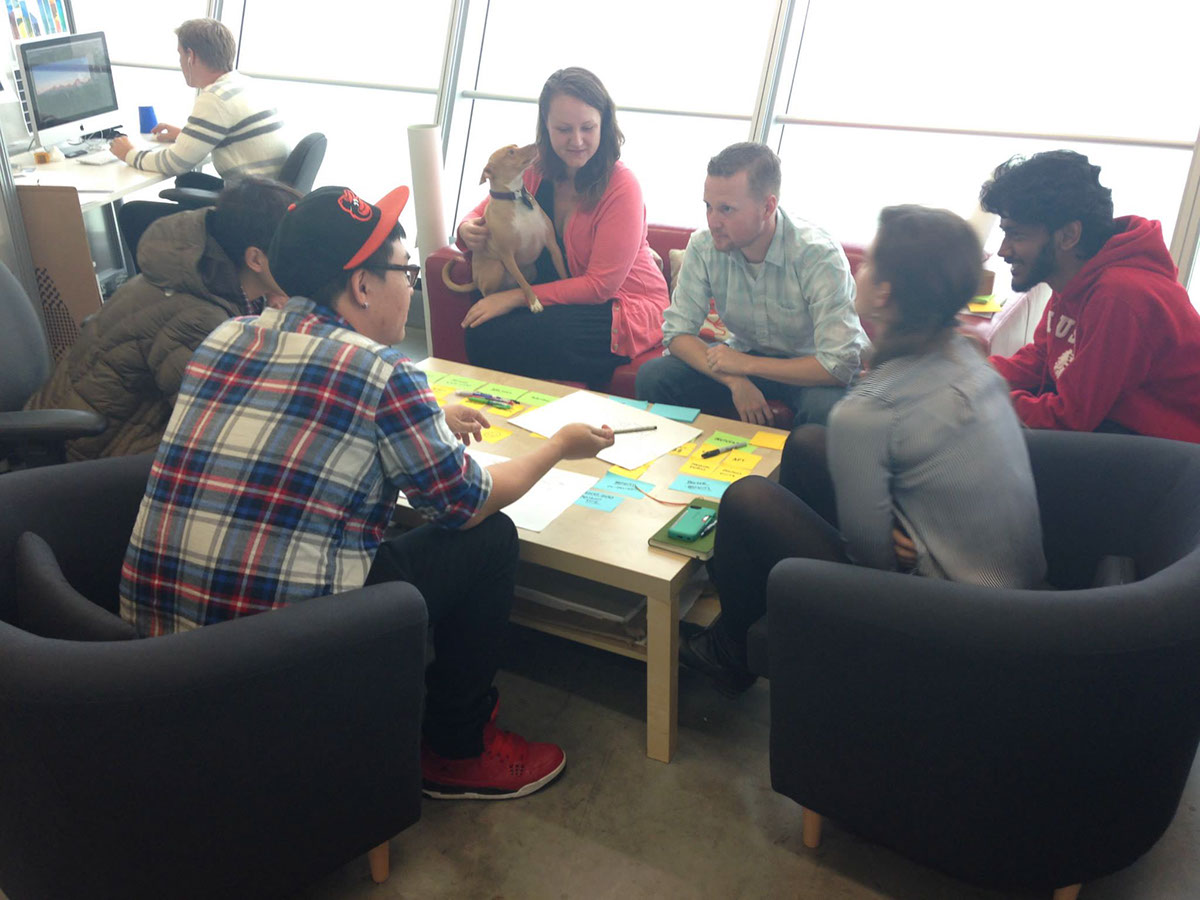
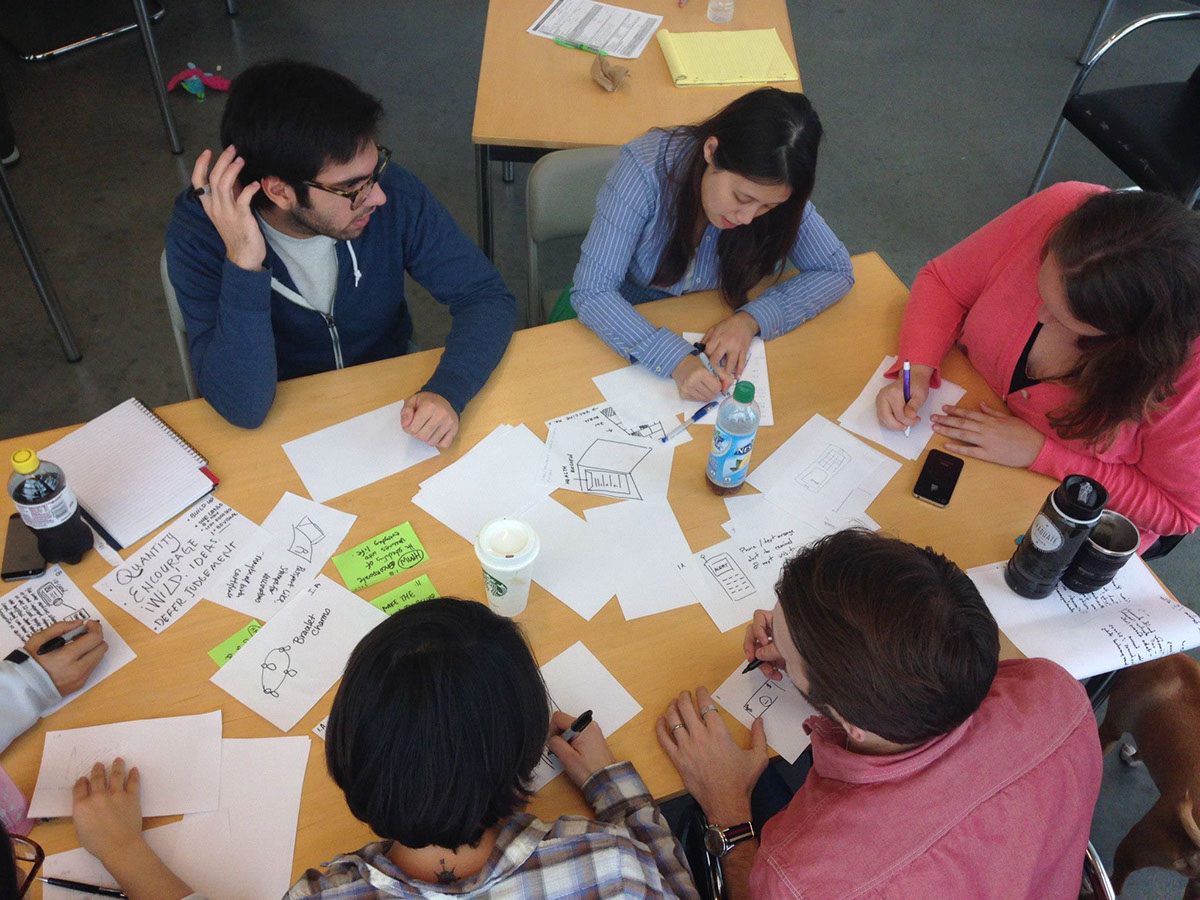
After the workshop, we broke into small groups based on direction of interest. Our group was Amanda Buck, Nate Gulledge, myself--Sally Maier, and Chen Yu. We were extremely lucky to have the dedicated and talanted guidance of Jennifer Cole Phillips, Director, Graphic Design MFA Program, with guest advisors Islam Elsedoudi, IDEO; Doug Storey and Manish Arora, Johns Hopkins Bloomberg School of Public Health; and Lee Davis, MASD.
From our submission materials: Our proposal is a clear, adaptable, portable, durable, and valuable solution for both health workers and caregivers. By utilizing optical mark recognition, the form simplifies record keeping and allows for easy reproduction and digitization, adding scalability and redundancy in the medical data system. An initial cover photograph adds value to the record, and the promise of a final photograph creates an incentive towards completion of the vaccination cycle. Plus, when technology is available, text-message based reminders and information can help encourage family compliance and vaccination comprehension.
Our solution focuses on the following questions:
How can we instill a sense of value and parental engagement in the vaccination process? How can we ensure the physical record remains portable and durable?
as well as
How can we create redundancy in record keeping to ensure that records are accurate over time and across the spectrum of their use—for health workers, families, and survey-takers?
Our approach
Seeks to address these questions through a hybrid of high- and low- tech solutions.
Parents are responsible for the physical copy of each child’s vaccination record, which is provided at birth. The record is intimately connected to the child through the inclusion of standard identification information as well as a photograph taken of the child shortly after birth, which is adhered to the front of the record.
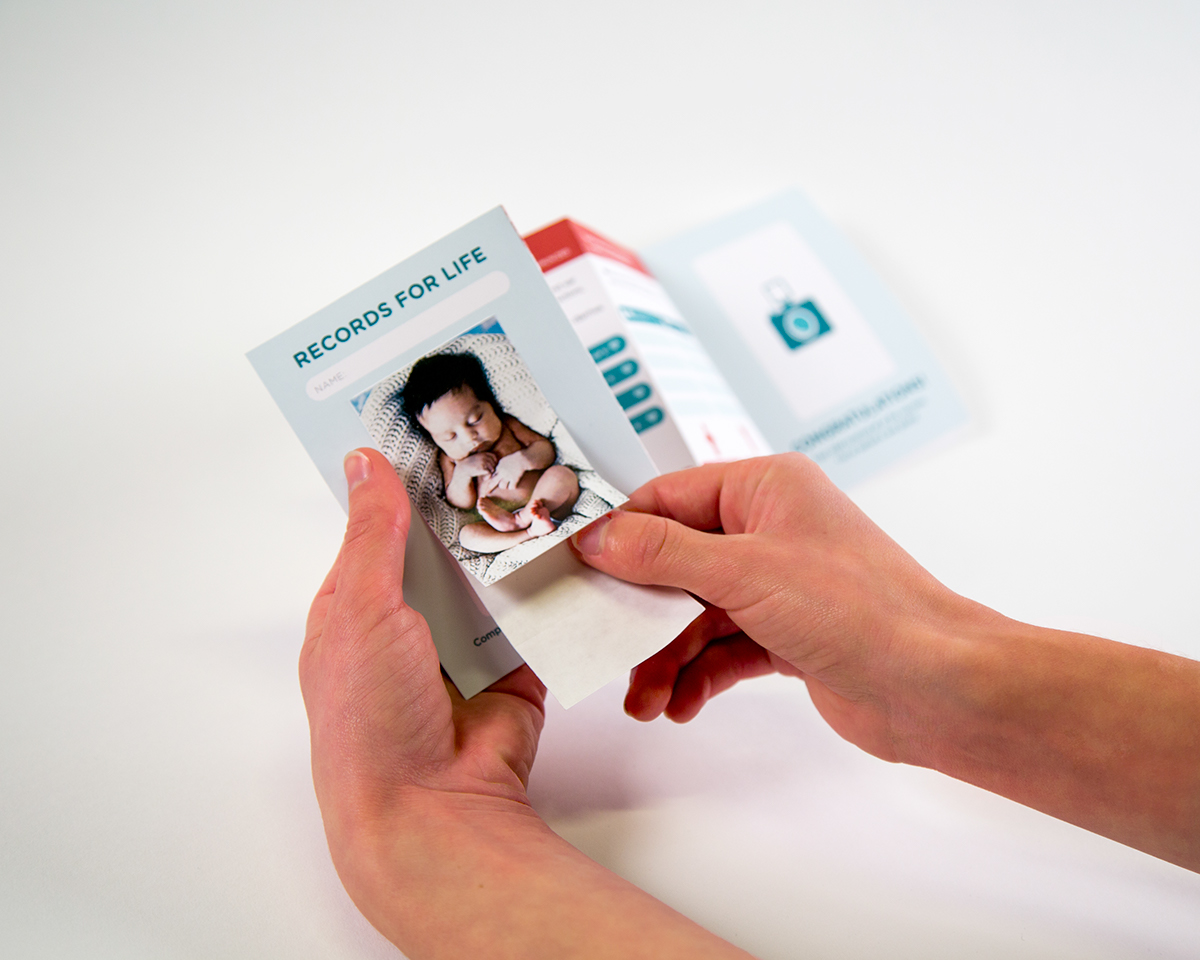
The photograph marks the beginning of their child’s journey to complete immunization. Parents will note that the record also includes a place for a second image of the child, which will be taken upon completion of the vaccination schedule. This photographic supplement to the record adds emotional value and a keepsake incentive for families to return to the health clinic.

The vaccination schedule itself is designed to clearly show the progress made with each inoculation. The graphics subtly reflect game mechanics to engage the caregiver and encourage them to follow-through and fulfill the necessary vaccines on schedule. Icons representing the stages of infant development and vaccination descriptions are also included, which makes the information accessible and understandable to families and caregivers.
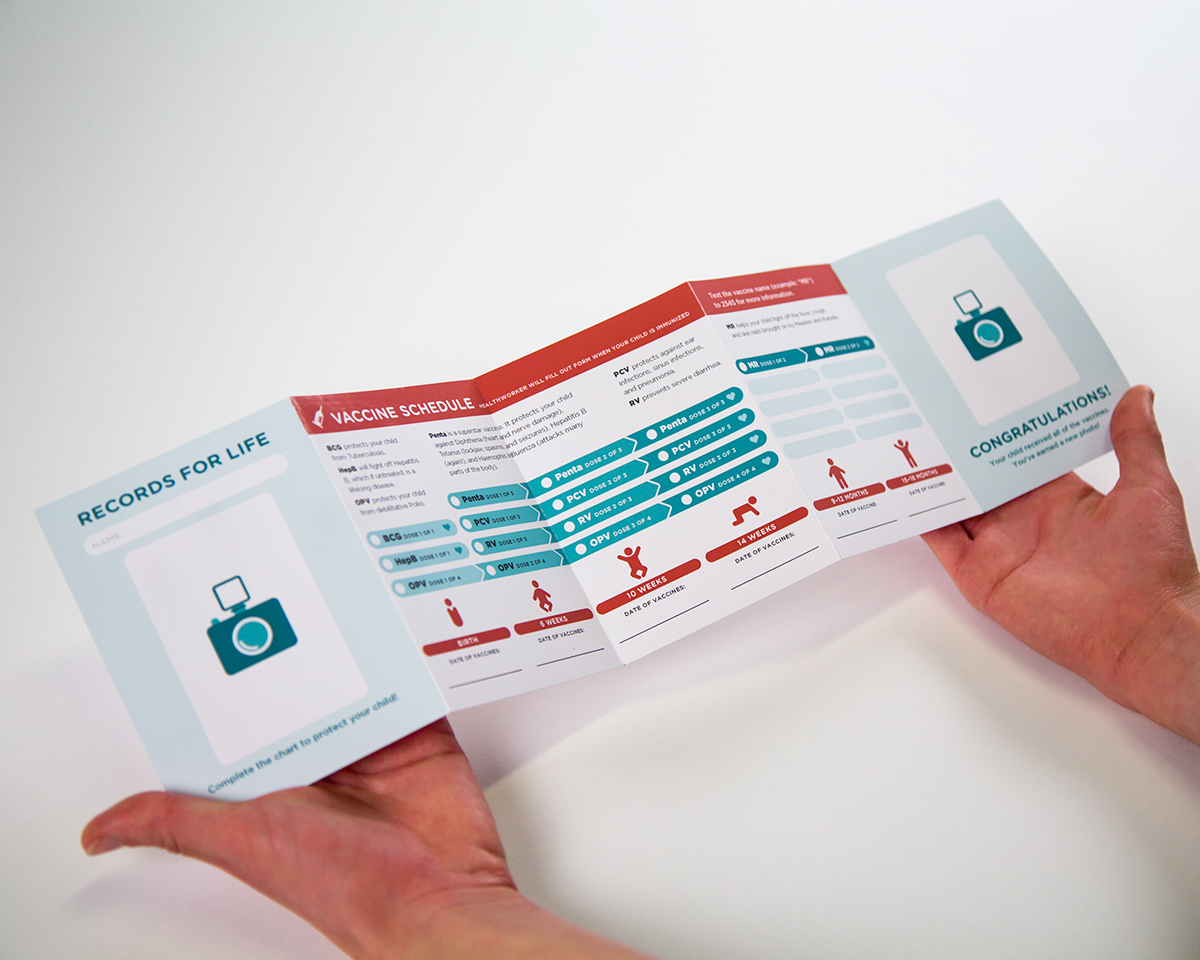
The record fits perfectly into a sealable plastic envelope for protection and durability. The front cover features the name and photograph of the child taken at birth.
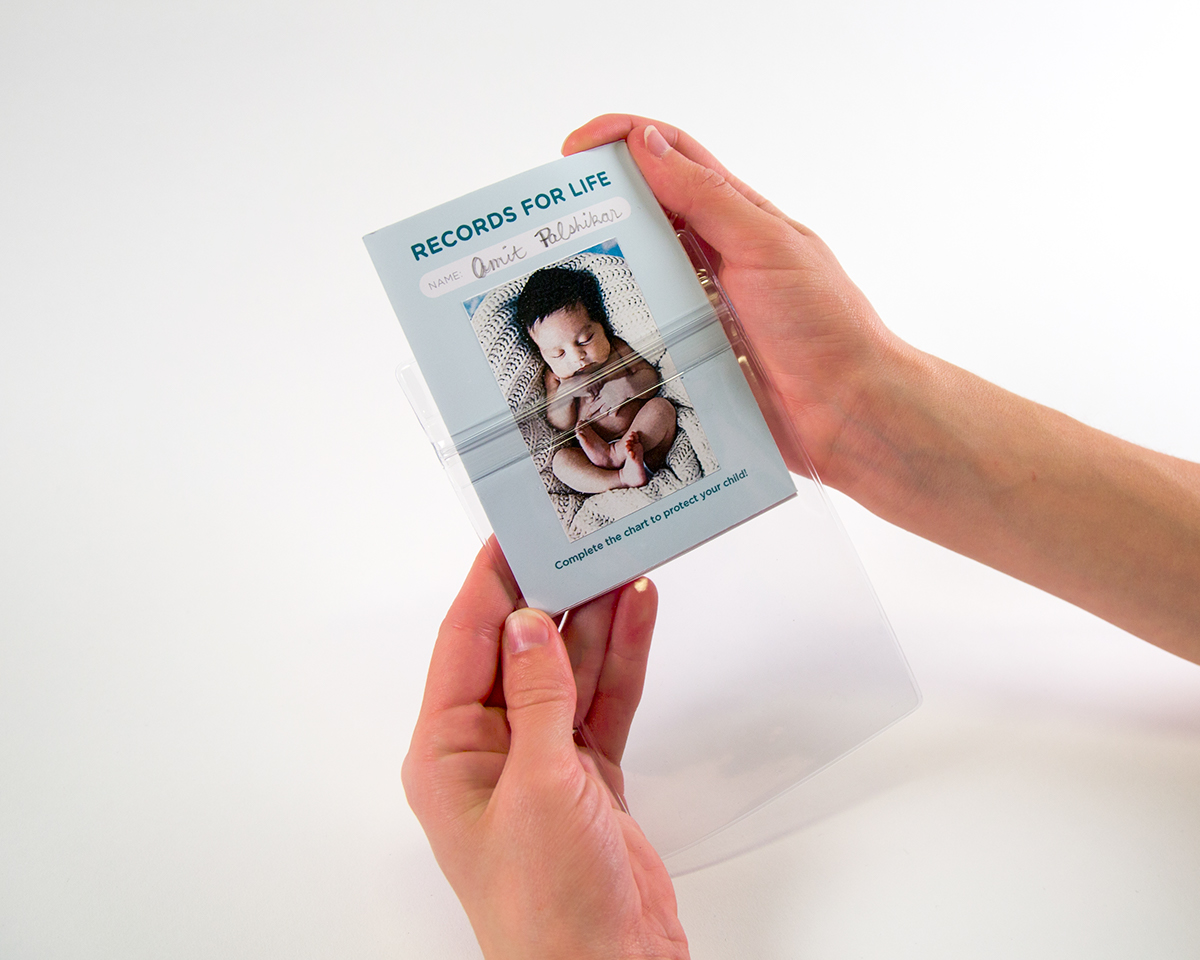
The back cover can also be seen through the plastic envelope. It includes contact information for the local health clinic and prominently features the date of the child’s next vaccination visit.

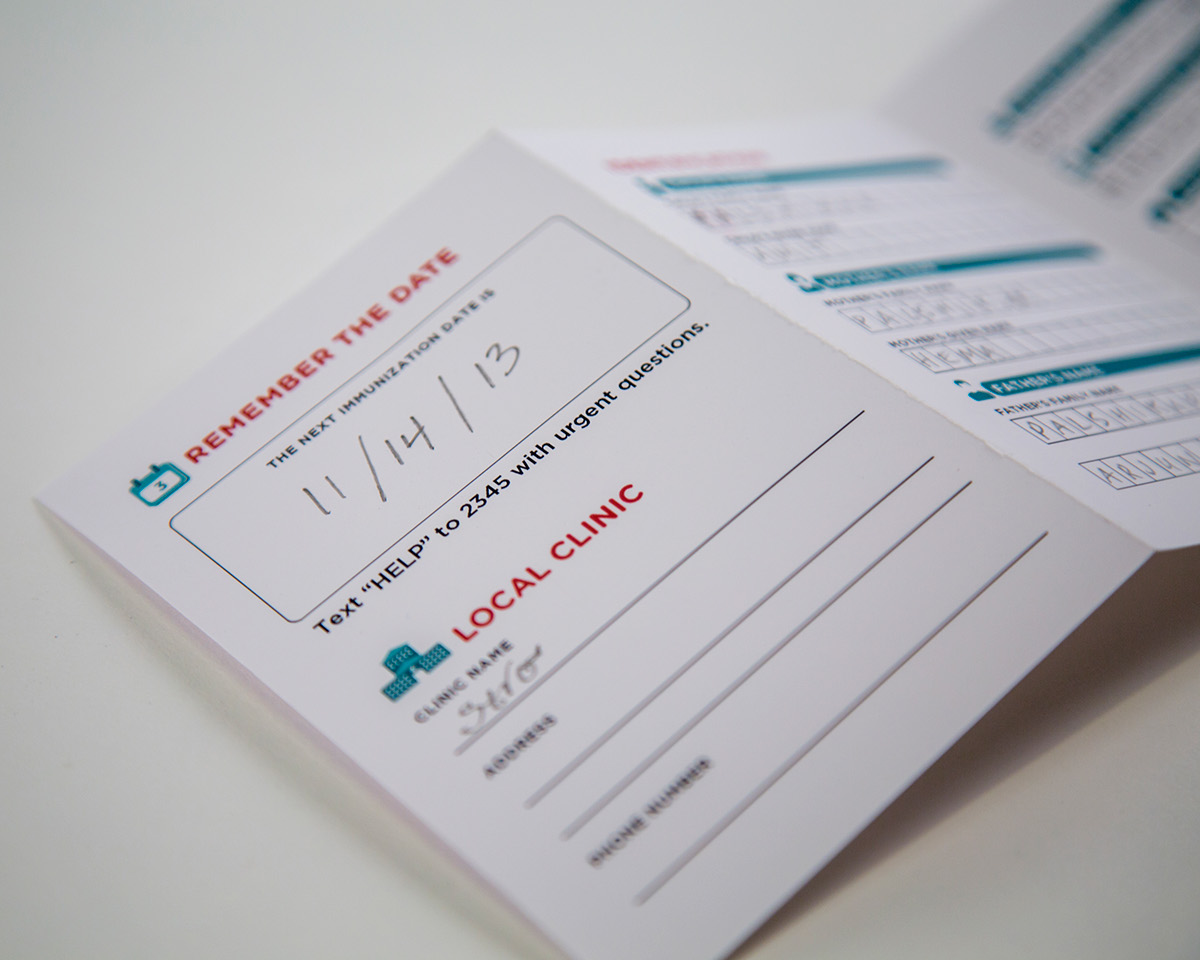
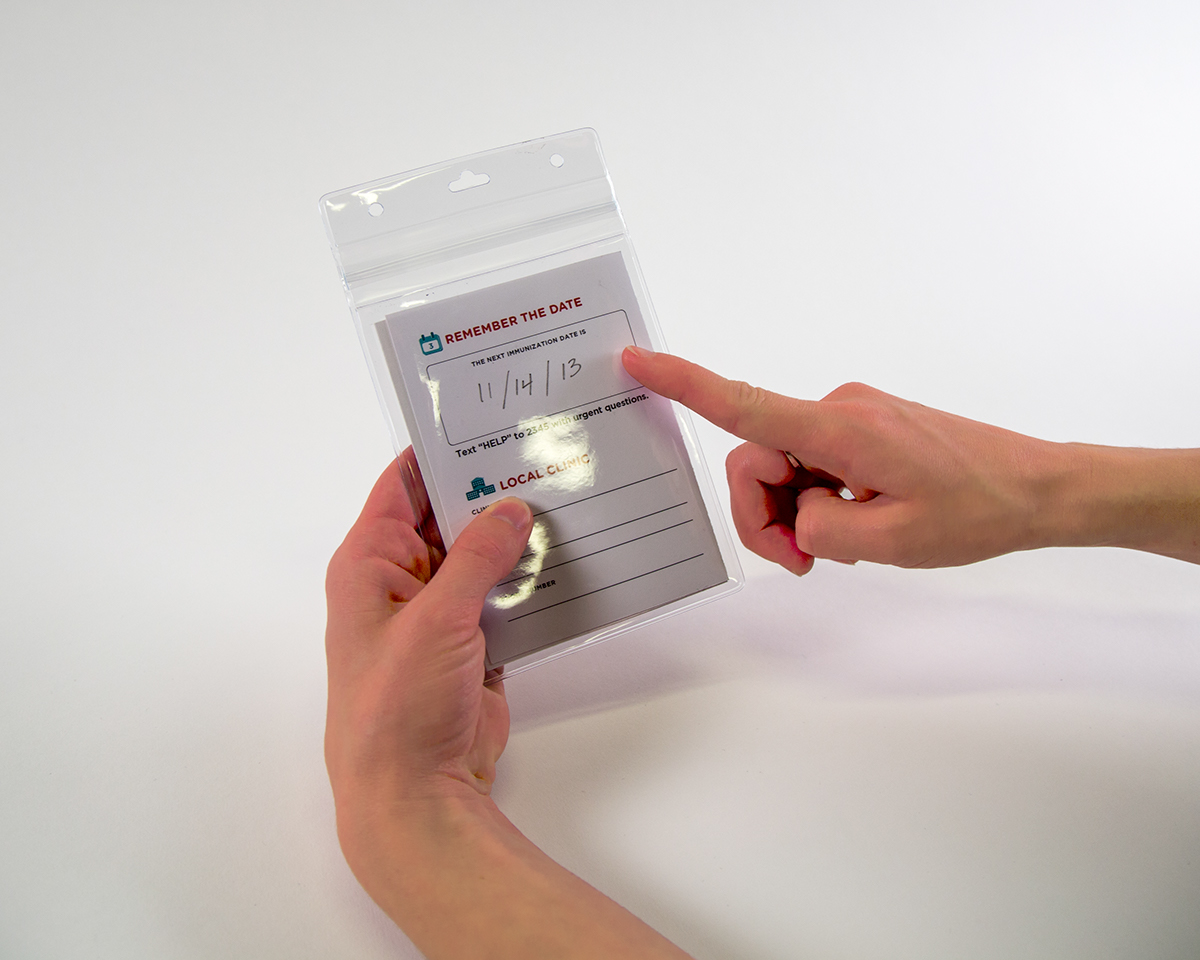
The record is designed to use optical mark recognition (OMR). This allows it to be easily filled out by hand by the health worker, understandable to the human eye, and easily digitized and added to a database. The digital record can then be easily accessed by scanning a small barcode on the paper record with a scanner or smartphone. Including this technology ensures that a forgotten or lost record can be easily reproduced from one of the other backups. This creates a necessary redundancy in the process.

If families have access to a mobile phone, they will also receive a text reminder shortly before the date of the next immunization. Where technology allows, the message will include the child’s photograph from birth—an additional emotional incentive. Health workers will encourage parents to share the digital photo and immunization information with family and friends, creating a dialogue within the community. By leveraging the personal value of the photographs and encouraging open discussion about immunizations, we create the possibility for bringing about new vaccination advocates as a result—within families, villages, communities, and the world.
At the time of the child’s birth, the parents will be given the child’s Records for Life. The physical health record will include:
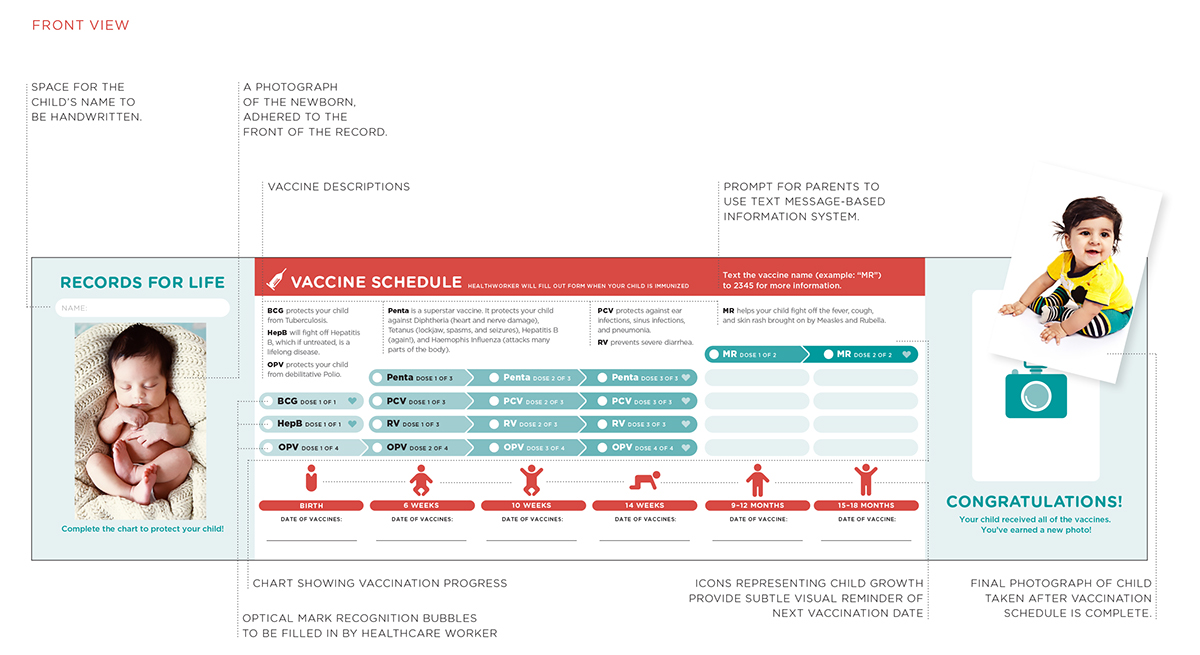
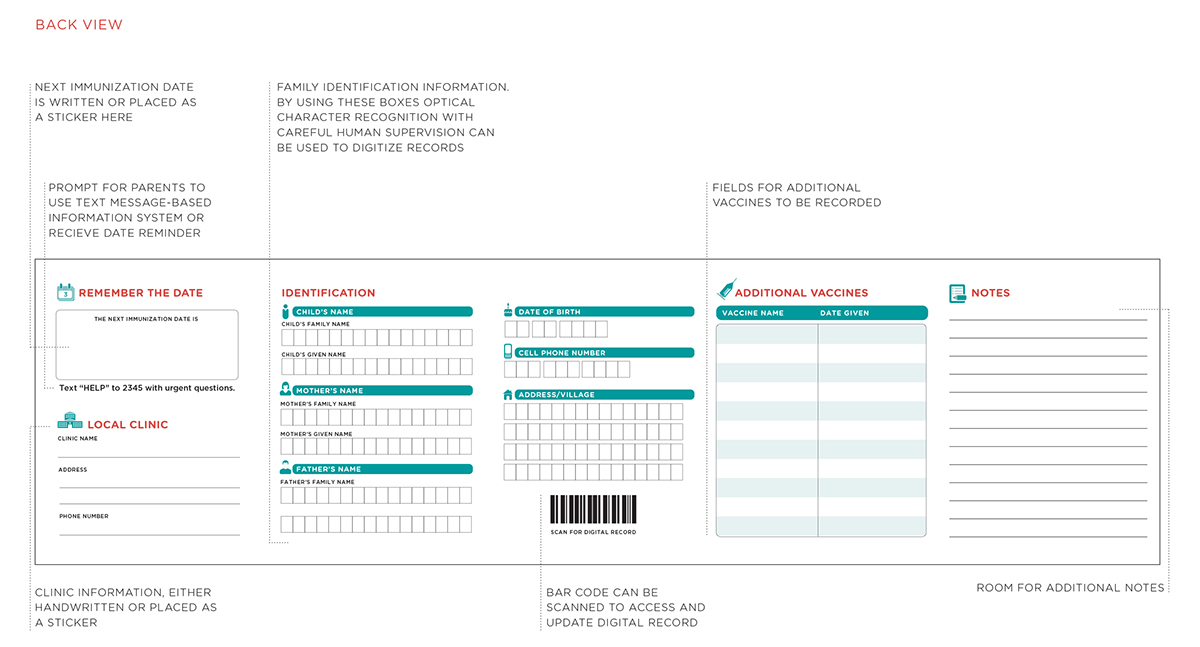
A digital record-keeping system would also be available to caregivers and health workers. The solution could be implemented in whole or in part depending on available technology.

Many regions would not immediately be ready for a full-digital roll-out, but OMR technology creates a system in which analog data can be digitized easily.
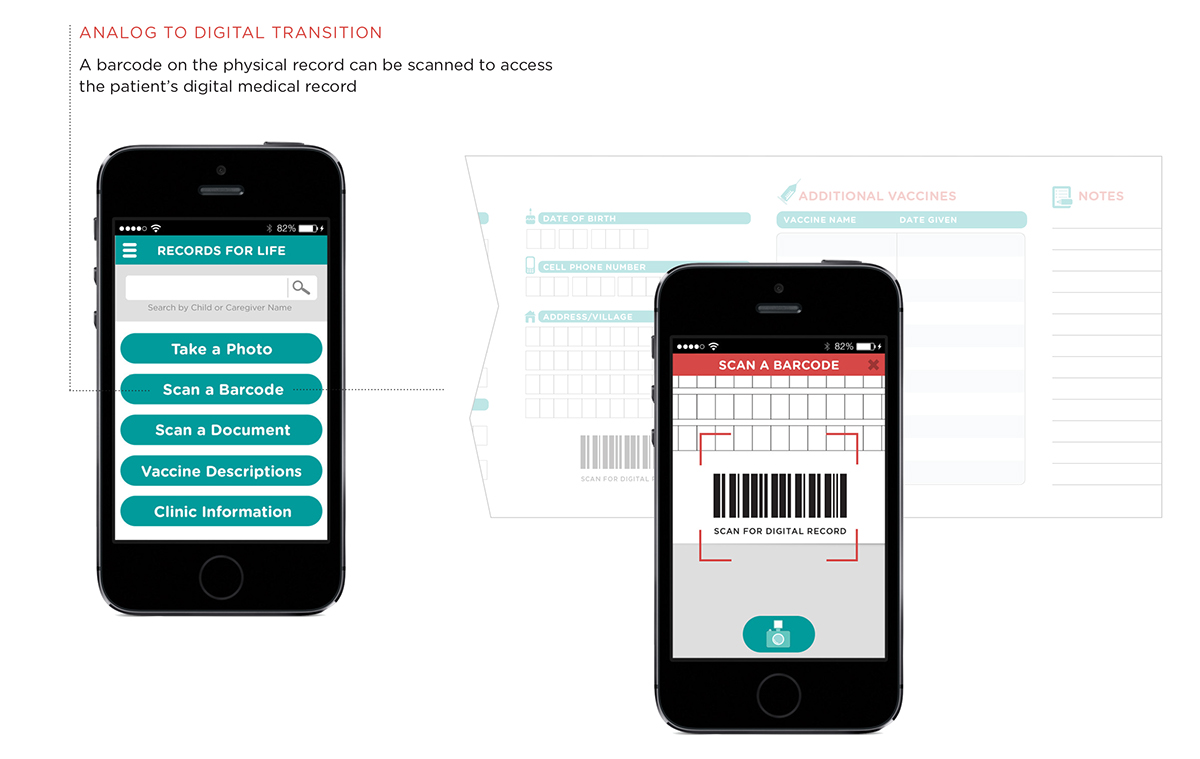
The photography incentive system could be easily deployed via mobile devices.

There were over 300 submissions from 41 countries, and the Gates Foundation tested the top 40 prototypes in focus groups around the world. MICA had two team semifinalists (in the top 40). Our team was also top-ten finalist, as well as a top-tier Honorable Mention winner, coming in after the Grand Prize winner, gravitytank – an innovation consultancy in Chicago.
View our full presentation document below!
The project was also featured in the January-March 2015 edition of MICA's magazine, Juxtapositions.

